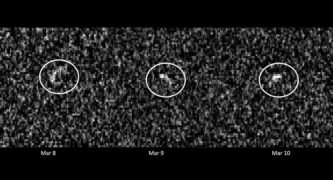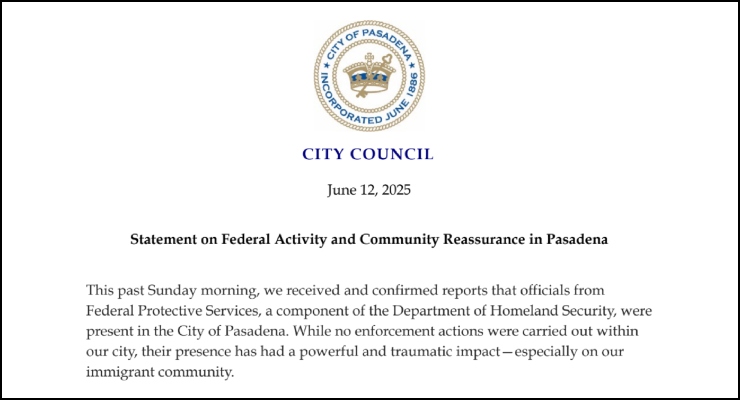
An 1,100-foot-wide asteroid long considered one of the most dangerous to Earth will not impact the planet in 2068, as previously considered possible, according to new observations made as the “near Earth object” made a close pass earlier this month, JPL announced Friday.
Asteroid 99942 Apophis has been listed among the most hazardous asteroids to Earth since its discovery in 2004, JPL said in a written statement.
A potential impact in 2029 was previously ruled out, although scientists have determined it will pass within 20,000 miles of Earth, which is closer than many satellites, according to the institution. A collision during another close pass in 2036 has also been ruled out.
But an impact when the asteroid returned to its orbit in 2068 remained a potential threat to Earth until this month, when a relatively close pass within 10.6 million miles on March 5 allowed astronomers to better track its trajectory using powerful radio antennas positions in California and West Virginia, David Farnocchia of NASA’s Center for Near-Earth Object Studies, which is managed by JPL, explained.
“A 2068 impact is not in the realm of possibility anymore, and our calculations don’t show any impact risk for at least the next 100 years,” he said. “With the support of recent optical observations and additional radar observations, the uncertainty in Apophis’ orbit has collapsed from hundreds of kilometers to just a handful of kilometers when projected to 2029. This greatly improved knowledge of its position in 2029 provides more certainty of its future motion, so we can now remove Apophis from the risk list.”
Scientists also hope to use the new data to learn more about the asteroid’s shape and rotation, according to JPL.
Although pixelated, the images obtained of Apophis while making it’s latest pass at 10.6 million miles from Earth represent “a remarkable resolution,” JPL Scientist Marina Brozovic, who led the radar observation campaign, said. “If we had binoculars as powerful as this radar, we would be able to sit in Los Angeles and read a dinner menu at a restaurant in New York.”
“This campaign not only helped us rule out any impact risk, it set us up for a wonderful science opportunity,” she said.
Apophis will make its closest approach to Earth on April 13, 2029, passing within 20,000 miles of our planet, according to JPL.
“During that 2029 close approach, Apophis will be visible to observers on the ground in the Eastern Hemisphere without the aid of a telescope or binoculars,” the statement said. “It’s also an unprecedented opportunity for astronomers to get a close-up view of a solar system relic that is now just a scientific curiosity and not an immediate hazard to our planet.
Once considered “the poster child for hazardous asteroids,” Farnocchia said it was gratifying to be able to pull the near Earth object from the list of potential impactors.
“There’s a certain sense of satisfaction to see it removed from the risk list, and we’re looking forward to the science we might uncover during its close approach in 2029,” he said.














 0 comments
0 comments



